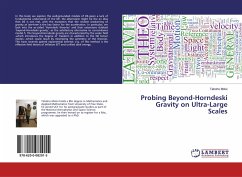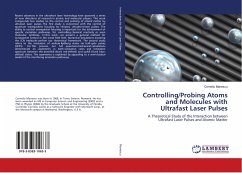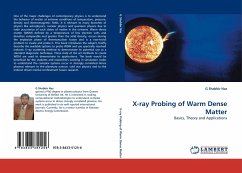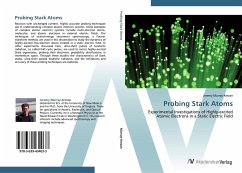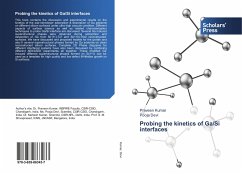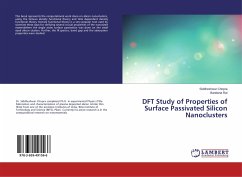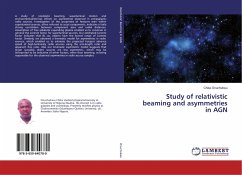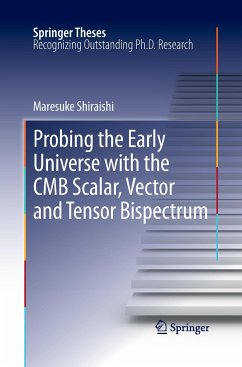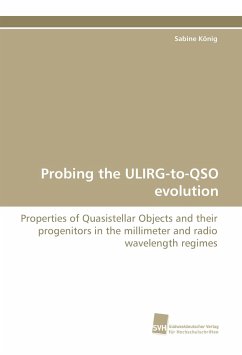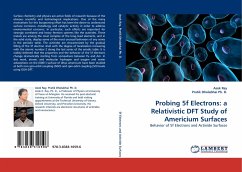
Probing 5f Electrons: a Relativistic DFT Study of Americium Surfaces
Behavior of 5f Electrons and Actinide Surfaces
Versandkostenfrei!
Versandfertig in 6-10 Tagen
52,99 €
inkl. MwSt.

PAYBACK Punkte
26 °P sammeln!
Surface chemistry and physics are active fields of research because of the obvious scientific and technological implications. One of the many motivations for this burgeoning effort has been the desire to understand surface corrosion, metallurgy and catalytic activity in order to address environmental concerns. In particular, such efforts are important for strongly correlated and heavy fermion systems like the actinides. These metals are among the most complex of the long-lived elements, and in the solid state, display some of the most unusual behaviors of any series in the periodic table. The ...
Surface chemistry and physics are active fields of research because of the obvious scientific and technological implications. One of the many motivations for this burgeoning effort has been the desire to understand surface corrosion, metallurgy and catalytic activity in order to address environmental concerns. In particular, such efforts are important for strongly correlated and heavy fermion systems like the actinides. These metals are among the most complex of the long-lived elements, and in the solid state, display some of the most unusual behaviors of any series in the periodic table. The actinides are characterized by the gradual filling of the 5f electron shell with the degree of localization increasing with the atomic number Z along the last series of the eriodic table. It is widely believed that the properties and the behavior of the 5f electrons change dramatically starting from somewhere between Pu and Am. In this work, atomic and molecular hydrogen and oxygen and wateradsorptions on the (0001) surface of dhcp americium have been studied at both non-spin-orbit coupling (NSO) and spin-orbit coupling (SO) levels using GGA-DFT.



